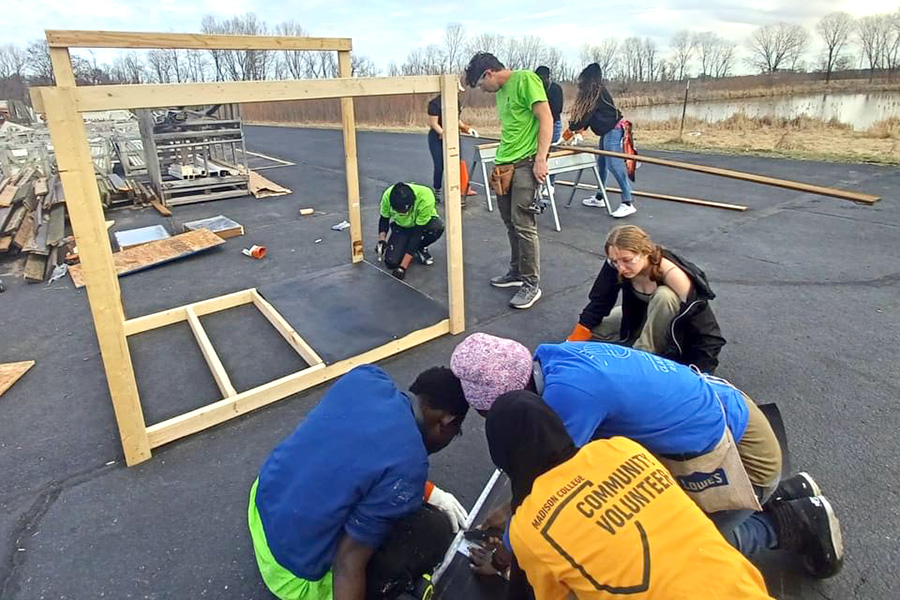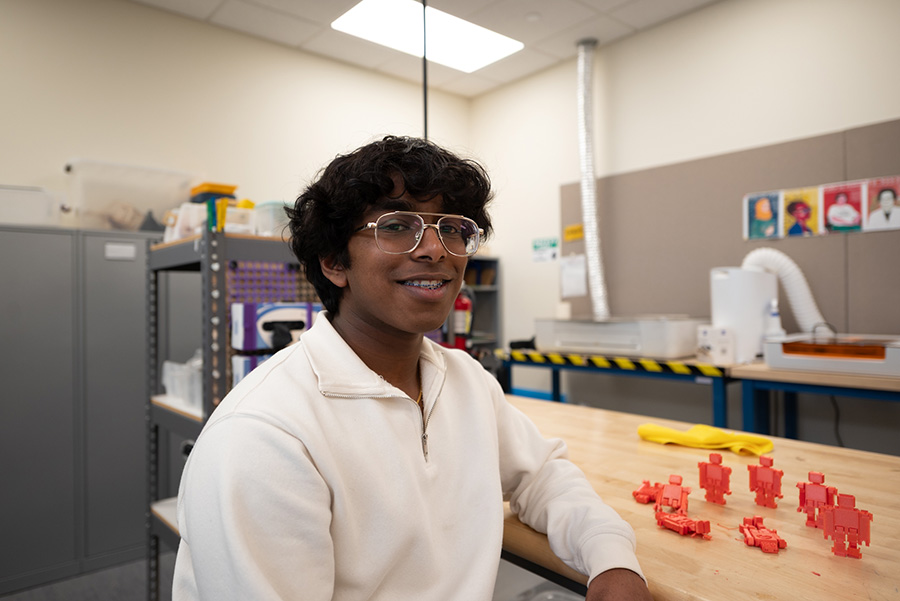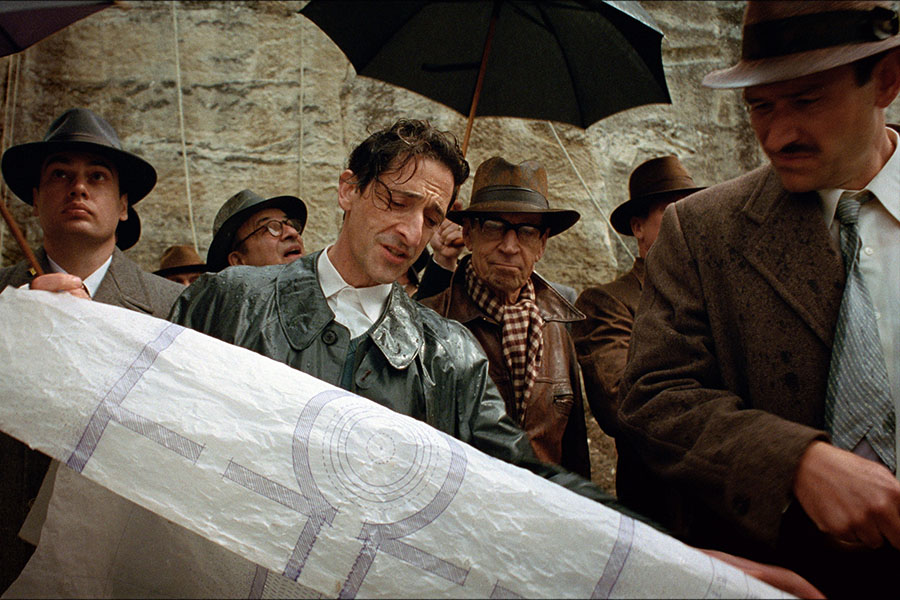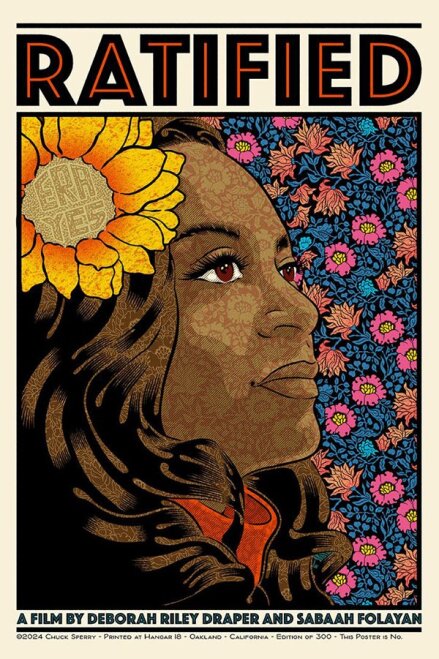Transitional housing provides a path out of homelessness
May 7, 2019
When the issue of homelessness comes up in conversation or debate, it’s not uncommon to hear someone ask, “Why don’t these people do something about their situation?”
The answer, unfortunately, is that “It’s very complicated.”
Those who work and volunteer in programs to help the homeless in Madison say there aren’t enough programs to help everyone at risk and many of the programs that do exist need more funding, more people power, more visibility and the list goes on.
While transitioning out of homelessness is not impossible – it can be incredibly difficult, often involving issues that can only be dealt with on a case-by-case basis such as mental health treatment and substance abuse, which requires time and effort.
Sometimes, success in transitioning is about knowing about the resources that exist to help and then finding a way to get plugged in.
Allen Barkoff, who helps run The Occupy Madison Village – a community of tiny homes set in a corner lot on East Johnson Street in Madison, says there are many challenges in running a transitional housing operation. One of the biggest, he says that the organization faces, is a lack of resources and skilled workers who can deal with the issues that can sometimes arise. These issues include substance problems and other issues that can arise when people are in a close quarter community living situation.
The group is able to get some help from volunteers and students who have experience with social work, but without the funding to hire professionals who can dedicate themselves to solving the issues, Barkoff notes that these problems can be overwhelming. Some residents at the village have been asked to leave the community because of their inability to follow community guidelines.
But the issues facing a small operation like the village are not uncommon and are mirrored in even the biggest transitional housing projects.
Rethke Terrace on Madison’s East Side is a transitional housing apartment building comprised of 60 studios apartments. It managed by the Heartland Alliance and aimed at providing housing for those deemed to be at the greatest risk of becoming homeless.
The city provided $1.14 million, Dane County $950,000, and the Wisconsin Housing and Economic Development Authority $5.4 million in federal tax credits to fund the project.
But within its first year of operation, the location had over 250 police calls and the Wisconsin State Journal reported that the major source of these issues was the insufficient amount of support services for residents.
The Tenant Resource Center, a nonprofit in Madison (http://www.tenantresourcecenter.org/), offers assistance finding housing, including limited case management, eviction prevention services and rapid rehousing services for Dane County residents.
Homeless shelters offer a night-by-night respite for some homeless and can be a front door to getting into the support system that might eventually lead someone to transitional housing and path out of homelessness.
An internet search of shelters in the Madison area reveals 16 homeless shelters. But even that is insufficient to provide temporary housing for the more than 3,200 people who are homeless or at risk of homelessness in Dane County. That number also does not take into account those who are too embarrassed to report their housing insecurity and may be couch surfing, living at a hotel or out of a vehicle, or even camping.
For some, shelter rules are a deterrent. There are women only shelters, ones for families only, men only, single women and children only, ones where one can only stay if he or she is drug and alcohol free, and the list goes on.
According to Porchlight, in 2012 over 1,600 people were turned away from homeless shelters in Madison because they didn’t have enough space. While this number has improved in recent years as more resources have been dedicated to fighting homelessness in the city, homelessness remains an intense community concern.






























